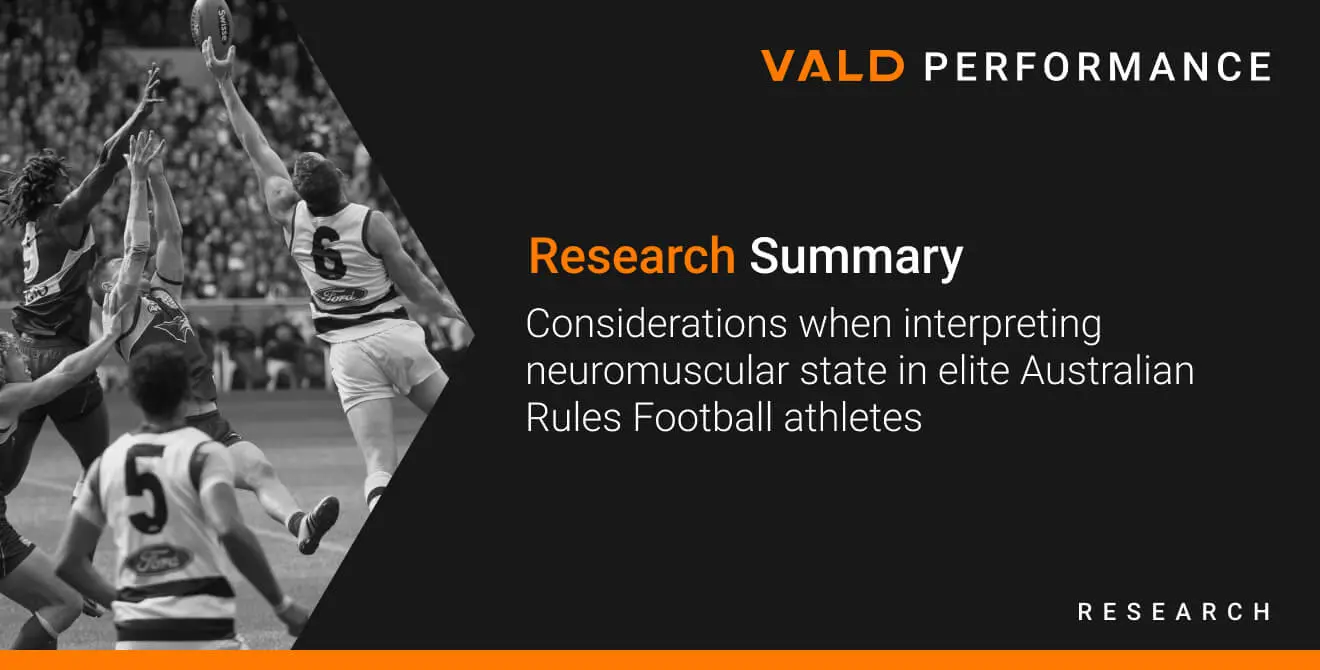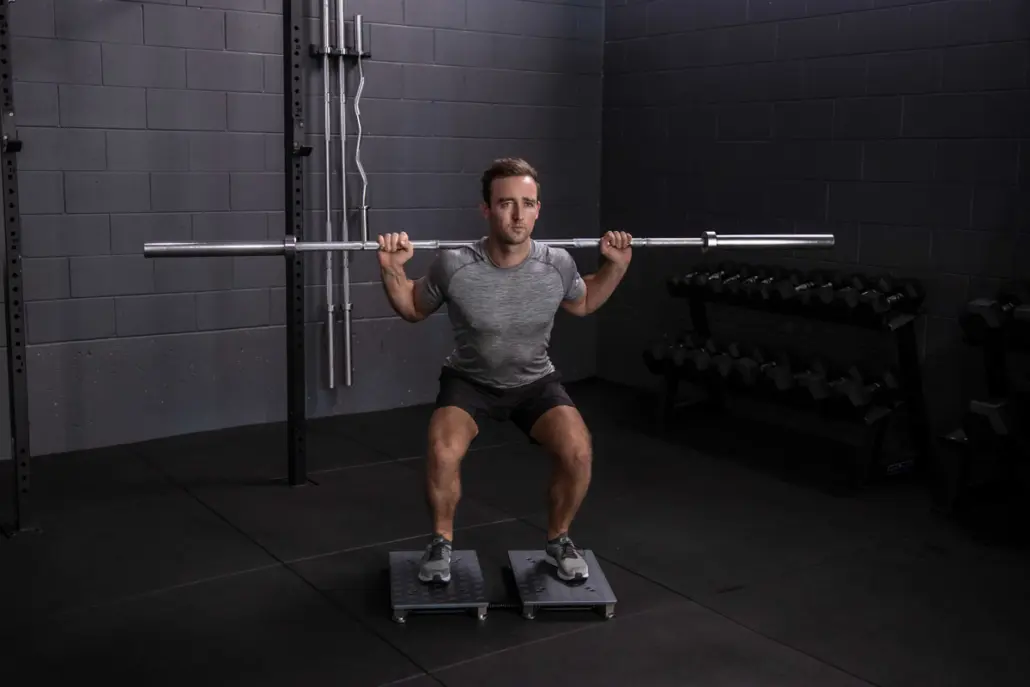RESEARCH SUMMARY: Considerations when interpreting neuromuscular state in elite Australian Rules Football athletes
Available in:
EN
Original research title: ‘Considerations in interpreting neuromuscular state in elite level Australian Rules football players’ (Norris et al., 2021)
Authors: Norris, D., Joyce, D., Siegler, J., Cohen, D., & Lovell, R.
Year: 2021
Purpose
Neuromuscular function monitoring has become commonplace in elite sport, with an aim to inform fatigue monitoring practices and subsequent athlete management strategies. For the increased use of this monitoring, there are still many complexities in the interpretation of these assessments which present ongoing challenges to performance staff.
A recent study by Norris et al. (2021) aimed to examine the influence of test modality, time of season, match load, and physical qualities on the interpretation of neuromuscular function following Australian Rules football matches.
Takeaway
Athletes were assessed 72 hours post-game, using the countermovement jump and isometric mid-thigh pull using ForceDecks from VALD Performance. Along with this, information on time of season, external load, and individual athlete physical qualities including lower body strength, lower body power, and intermittent exercise capacity were recorded. The influence of these on neuromuscular function were assessed throughout the duration of a season.
Key findings
The findings in the present study suggest that the interpretation of athlete neuromuscular function responses is highly individual and depends on a number of interacting contextual influences which can change from week to week. Higher baseline lower body strength and power may improve the acute load-related response of neuromuscular function but the responses remain inconsistent and highly individualised so should be interpreted with these contextual factors in mind.
To read the full research paper, see here.

If you are interested in more information about the ForceDecks, please contact us here.
